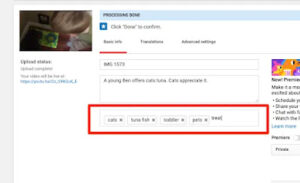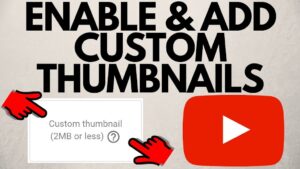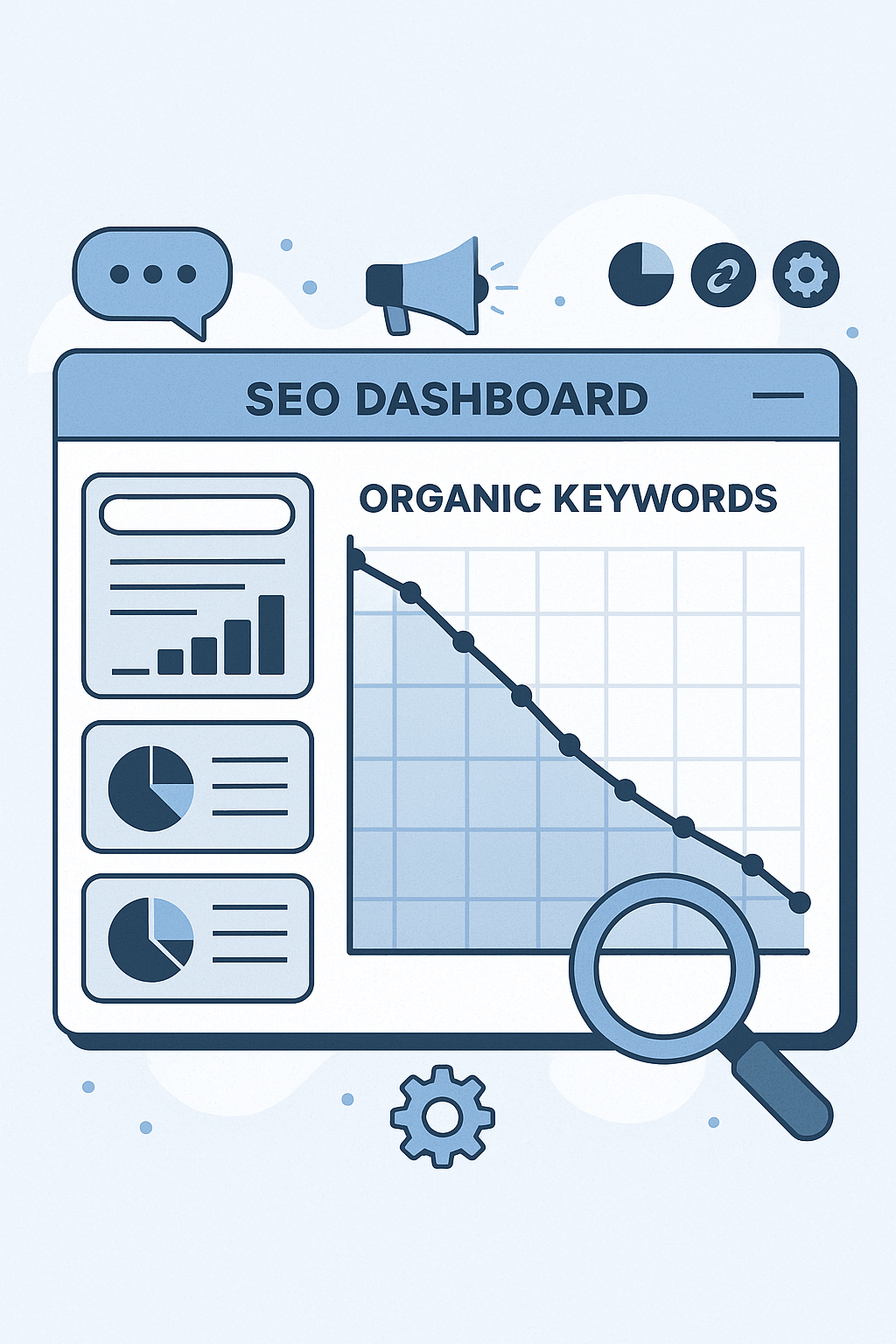1. Keyword Research for YouTube SEO
The foundation of any SEO strategy is keyword research, and YouTube SEO is no different. To identify the right keywords:
-
Use YouTube Autocomplete: When typing in the YouTube search bar, the autocomplete suggestions offer insights into what users are searching for. These are real-time popular search terms.
-
Leverage YouTube Analytics: Analyze your existing videos’ performance and see which keywords or search terms are driving traffic.
-
Tools for YouTube Keyword Research: Use SEO tools like TubeBuddy and VidIQ to find the best keywords for your niche. These tools offer competitive analysis and show how well certain keywords perform on YouTube.
Tip: Choose keywords with a decent search volume but low competition to give your video a better chance to rank.
2. Optimize Your Video Title
Your video title is one of the most critical ranking factors on YouTube. A well-optimized title not only attracts viewers but also helps YouTube understand what your video is about. Here’s how to create SEO-friendly titles:
-
Include Your Main Keyword: Ensure your main keyword is naturally embedded in the title, ideally at the beginning.
-
Keep it Concise and Engaging: Limit your title to around 60 characters so it doesn’t get cut off in search results.
-
Use Numbers or Brackets: Adding numbers or brackets like [2024 Tips] can increase click-through rates (CTR).
Example: If your keyword is “YouTube SEO tips,” an optimized title could be: “YouTube SEO Tips: Boost Your Video Rankings in 2024.”
3. Write an Optimized Description
A well-written video description not only informs viewers but also helps YouTube’s algorithm understand the content. Follow these guidelines for an SEO-friendly description:
-
Start with Your Main Keyword: Include your target keyword in the first 25 words of your description.
-
Use Relevant Keywords: Sprinkle secondary keywords naturally throughout the description. Avoid keyword stuffing, as it can lead to penalties.
-
Include a Call-to-Action (CTA): Encourage viewers to like, subscribe, or visit a specific website. It helps increase engagement, which is another ranking factor.
Example: “In this video, we’ll share the top YouTube SEO tips for boosting your video rankings in 2024. Whether you’re a beginner or seasoned content creator, learn how to optimize your titles, descriptions, and thumbnails for maximum exposure.”
4. Add Tags to Your Video
Tags are a way to give YouTube more context about your video content. Although tags aren’t as powerful as titles or descriptions, they help the algorithm understand the main themes of your video.
-
Use a Mix of Broad and Specific Tags: Include a mix of broad tags (e.g., “SEO tips”) and specific ones (e.g., “YouTube SEO for beginners”).
-
Focus on Main Keywords: Use your main keyword as the first tag. Include relevant secondary keywords, and make sure all tags are relevant to your video content.
Pro Tip: Use competitor analysis tools like VidIQ to discover what tags top-performing videos in your niche are using.
5. Create Custom Thumbnails
Your thumbnail is the first thing viewers notice, so it’s essential to make it visually appealing and relevant to the video content.
-
Use High-Quality Images: Ensure that the image is high resolution and clearly visible, even on mobile devices.
-
Include Text Overlays: Add bold, easy-to-read text that reflects your video’s main topic.
-
Stick to a Consistent Style: Consistent branding across your thumbnails can increase brand recognition and improve click-through rates.
YouTube also considers the click-through rate (CTR) of your thumbnails as a ranking factor. Videos with higher CTRs tend to perform better in YouTube search.
6. Utilize Closed Captions and Transcriptions
Adding closed captions (subtitles) and transcriptions can help you rank better in YouTube search. Closed captions make your video accessible to a broader audience, including those with hearing impairments or non-native speakers.
- Include Keywords in Transcriptions: When uploading transcripts or captions, make sure they contain relevant keywords. This can help YouTube index your video for those keywords.
Tip: Use YouTube’s built-in captioning tool or upload a professionally edited subtitle file for accuracy.
7. Engage with Viewers to Boost Engagement
Engagement metrics (likes, comments, shares, watch time) play a significant role in YouTube SEO. The more people interact with your video, the higher it will rank.
-
Ask Viewers to Like, Comment, and Subscribe: Direct CTAs during the video can boost engagement. For example, say, “If you enjoyed this video on YouTube SEO tips, don’t forget to like and comment below.”
-
Reply to Comments: Engage with your audience in the comment section to increase interaction.
-
Create Playlists: Grouping videos into playlists encourages longer watch times, which is a positive ranking factor.
8. Focus on Watch Time and Retention
Watch time refers to the total time viewers spend watching your videos. YouTube prioritizes content that keeps users on the platform for longer periods.
-
Create Valuable Content: Your video should provide real value to viewers to keep them engaged. If your audience drops off after the first few seconds, YouTube will rank the video lower.
-
Use a Hook in the First Few Seconds: Start your video with a compelling hook to keep viewers interested.
Tip: Check YouTube Analytics to monitor audience retention and find ways to improve it.
9.
Use Cards and End Screens for Internal Linking
YouTube allows creators to use cards and end screens to link to other videos, channels, or external websites.
-
End Screens: At the end of your video, use an end screen to suggest other videos or playlists on your channel. This can help boost watch time and engagement.
-
Cards: Use cards within your video to recommend relevant content, which can increase viewer interaction and session time.
10. Promote Videos on Social Media and External Platforms
To boost your video’s reach and SEO, promote your content across different platforms.
-
Share on Social Media: Share your YouTube video on Facebook, Twitter, LinkedIn, and Instagram to drive traffic.
-
Embed on Websites: Embed your video on relevant blog posts or web pages to increase views and engagement.
The more views your video gets from external sources, the better it will perform on YouTube.
Conclusion
Incorporating these YouTube SEO tips into your video content strategy is essential for improving your channel’s visibility and ranking. From keyword research to optimizing titles, descriptions, and engagement tactics, every aspect of SEO on YouTube works together to boost your video performance. By following these best practices, you’ll increase your chances of ranking higher in search results and reaching a broader audience.





















